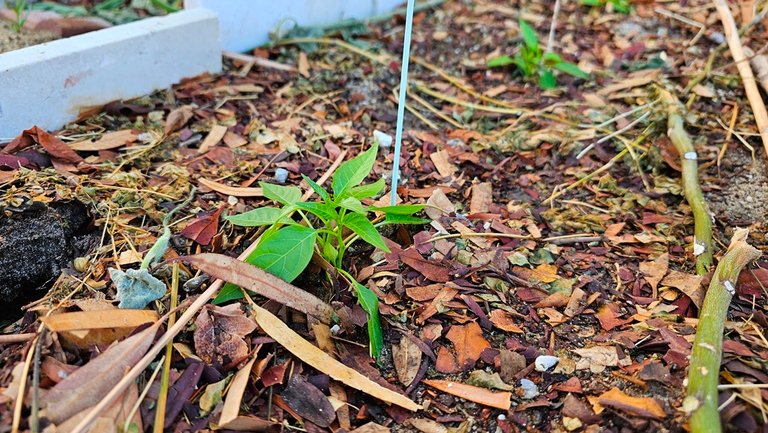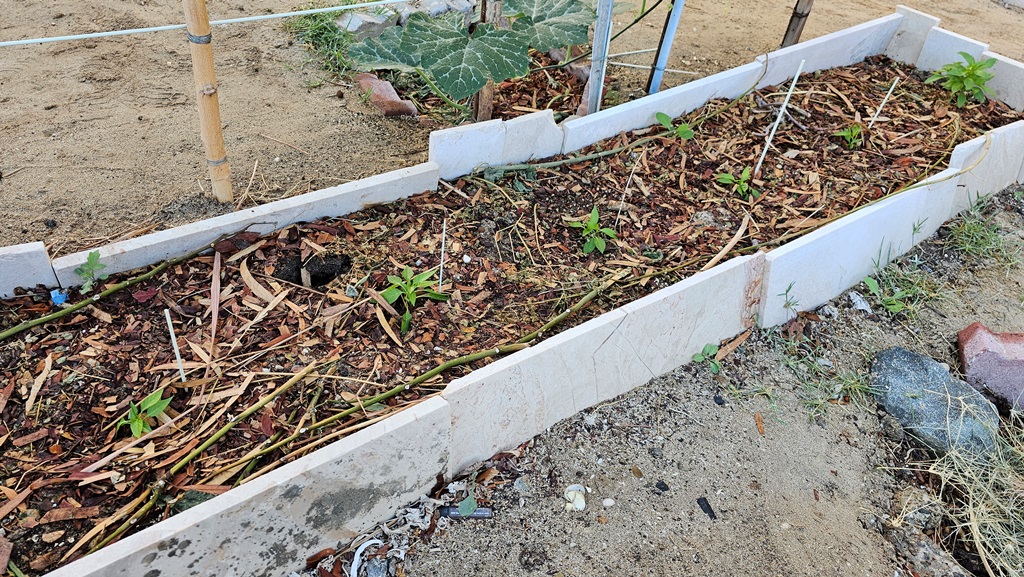In Asia, particularly in the Philippines, chili is commonly used as a spicy condiment, often mixed with rice or incorporated into various dishes. In the Philippines, there is also a variant known as sweet chili, where a touch of sugar is added during the cooking process.
Two years ago, I cultivated a group of 5 chili plants, totaling 10 individual trees. Eventually, I merged two of the trees into one, although the roots remained divided. While this technique resembles grafting, it's important to note that it requires a substantial amount of fertilizer, making it a somewhat nutrient-demanding approach. Consistent watering daily is also essential for its success.

Today, I planted 5 pepper plants, adhering to my usual practice of planting 2 of each type for a total of ten peppers. My intention is to perform grafting once again. While I possess ample knowledge about grafting and suitable plant pairs, it's important to note that not all plants can be successfully grafted. There are certain forbidden grafting combinations mentioned in the Bible.

It's important to note that chili seeds typically take about 1 to 2 weeks to germinate. During this stage, the seeds absorb water and sprout tiny roots and shoots. After germination, the seedlings continue to grow. They develop their first true leaves and become more established. This stage usually takes 2 to 4 weeks.
Once the seedlings have grown large enough and the threat of frost has passed, they can be transplanted into the garden or larger pots. This stage can take 5 to 8 weeks from germination. After transplanting, chili plants enter a phase of vegetative growth. During this time, they focus on developing leaves, branches, and a strong root system. The duration of this stage can vary but generally takes 6 to 8 weeks.

Chili plants typically start flowering after the vegetative growth stage. The flowering stage can last 8 to 12 weeks, during which the plants produce flowers that will eventually develop into chili peppers. After successful pollination, the flowers turn into chili peppers. The time it takes for the peppers to fully develop can range from 6 to 10 weeks.
The timing of harvesting depends on the chili variety and the desired level of ripeness. Some people prefer to harvest chili peppers when they are still green, while others wait for them to turn red or another color. Harvesting can occur over several weeks as the peppers reach their desired maturity. ^_^